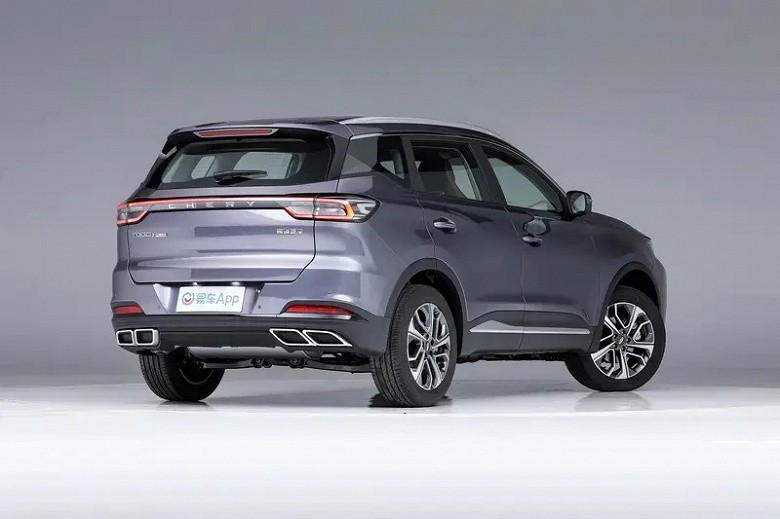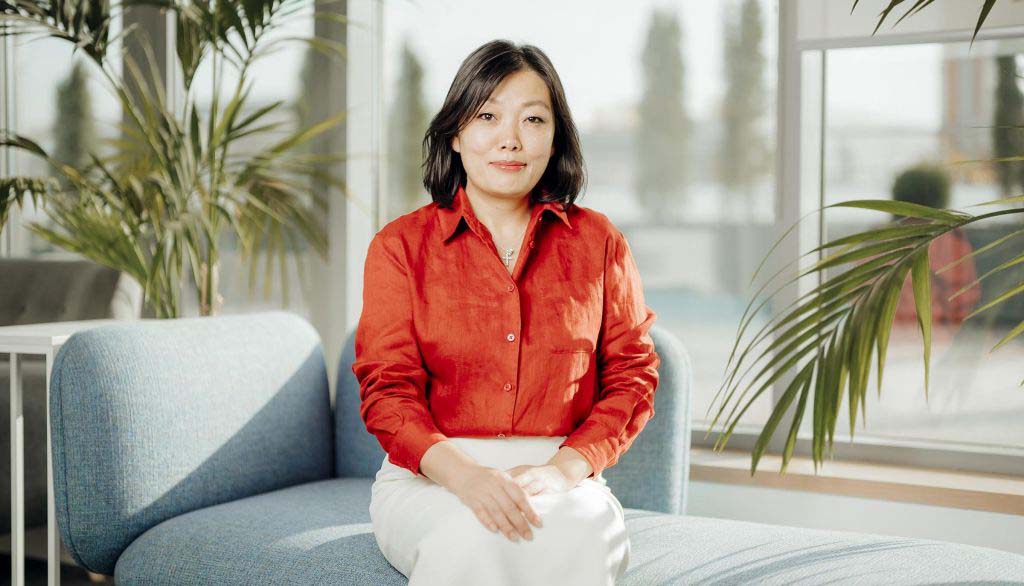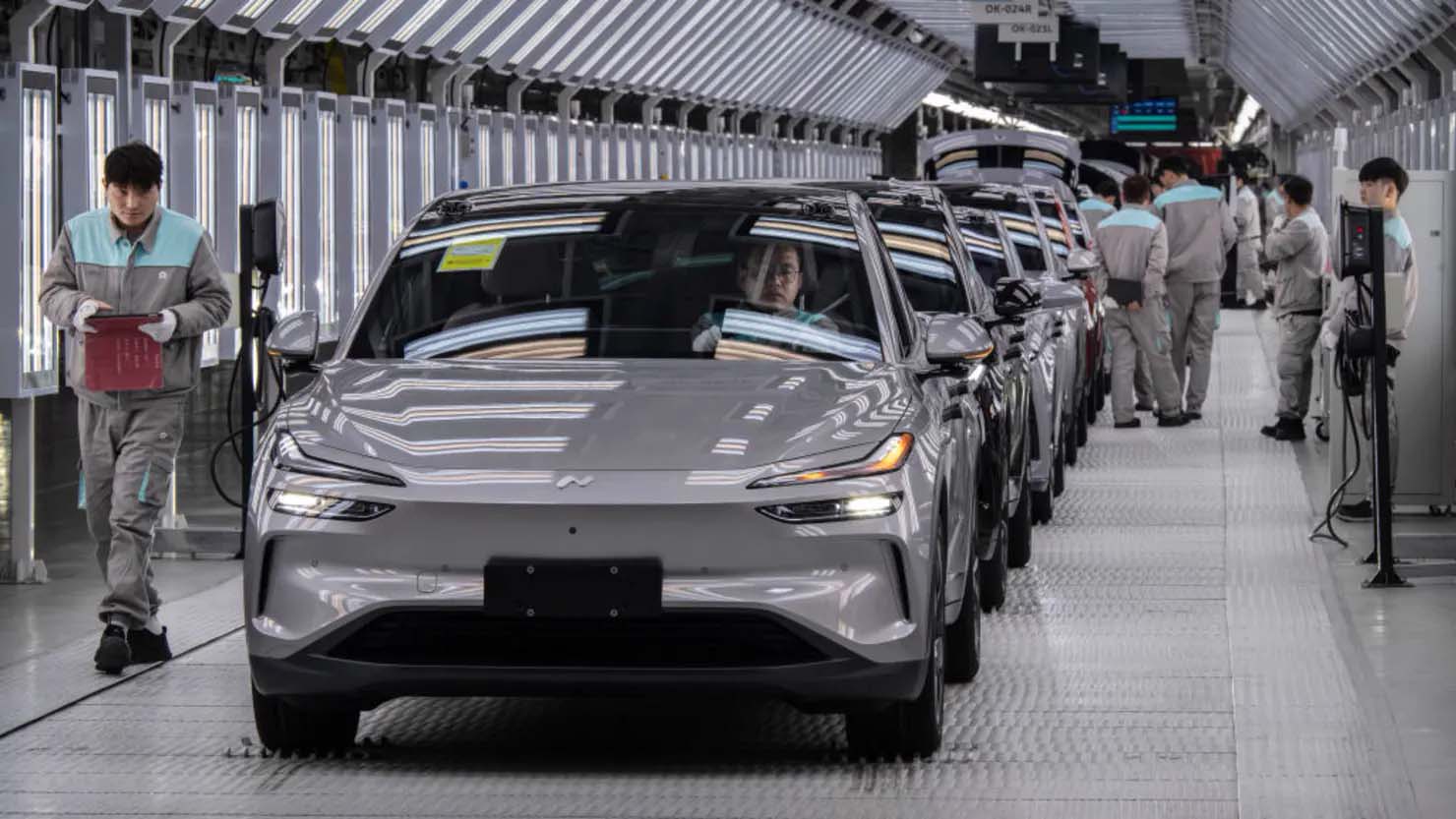China's semiconductor sector is taking a new step towards technological sovereignty: Hygon and Sugon have announced the completion of a merger aimed at creating competitive solutions in the high-performance computing (HPC) segment. The combined structure intends to strengthen China's position against the background of geopolitical pressure and dependence on Western chips, such as Intel Xeon and AMD EPYC.
Founded in 2016, Hygon is known for developing Dhyana processors based on the licensed AMD Zen 1 architecture. Although these chips are inferior to current AMD products in terms of performance, they are already used in Chinese supercomputers, including Sugon systems, one of which previously ranked 38th in the TOP500 ranking of the most powerful supercomputers the world.
A key technical reference point for the new alliance will be the introduction of SMT4 multithreading, similar to that used in IBM POWER7 processors. However, according to analysts, the combined company will have to overcome significant challenges: the lack of engineering experience, limited access to modern technical processes, and the US sanctions imposed by the US Bureau of Industry and Security (BIS) since 2019 continue to restrict access to important components and development tools.
Nevertheless, the parties ' ambitions are clear. The merger of Hygon and Sugon should ensure more effective integration of R & D, production and promotion of solutions focused on both the public sector and industrial HPC systems. In the face of increasing global competition and political fragmentation of technology chains, Beijing sees this move as part of a strategy for national digital independence.
Experts emphasize that the success of the merger will be a critical indicator: whether China can really reduce its dependence on Western manufacturers and form its own ecosystem of processors capable of serving key industries — from defense and science to artificial intelligence and cloud computing.












